There are many stories of amazing horses in ancient myth and legend. It seems that our ancestors loved their horses as much as we like our cars. The Vikings were no exception,
and Norse mythology contains several stories about exceptional horses. The most famous Norse steed, however, was Odin’s eight-legged horse Sleipnir, who was unmatched in strength and speed. But what exactly made Sleipnir so special?
1. Who is Sleipnir, the eight-legged horse?
In North Mythology, Odin the Allfather is usually represented on his throne, accompanied by his ravens Hugin and Munin, and his two wolves Geri and Freki.
But Odin is also a warrior god, and when he goes to war, it is on the back of his horse Sleipnir (The origin of the name “Sleipnir” would come from the old Norse “the slipper”; This powerful horse has the particularity of having 8 legs.
Like many of the amazing creatures of Norse mythology (such as Fenrir the wolf and the Midgard Serpent Jormangandr), Sleipnir was a son of Loki, the trickster giant that lived among the Asgardian gods. But, surprisingly, Loki was the mother of Sleipnir, not the father.
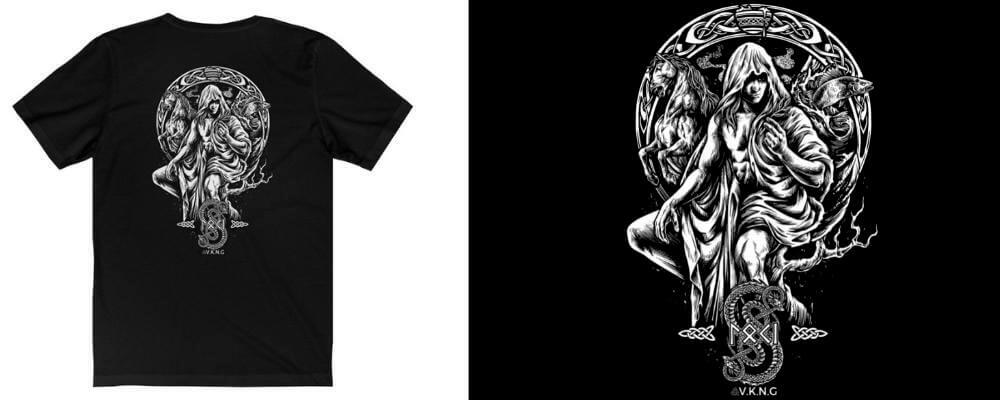
According to the story, in the early days when the nine worlds of the Norse cosmos were just being created, Asgard, the realm of the Aesir gods, did not yet have the mighty fortifications that surrounded it.
The gods were approached by an unnamed builder, who offered to create magnificent fortifications for the home of the Aesir gods, in return for the hand of the goddess Freya in marriage, as well as the sun and the moon.
The gods agreed on the condition that the builder completes the work within three seasons and with the help of no man. They believed that this made the task impossible and that they would not have to pay the agreed rate.
The Builder agreed on the condition that he could have the help of his horse Svadilfari. Loki convinced the gods to agree. How could one horse help the builder complete this mammoth task in time?
With the help of Svadilfari, the builder made amazing progress, and as the deadline drew near, it seemed that he would indeed complete the work. Unwilling to pay the agreed price and blaming Loki for putting them in this situation, the Aesir gods demanded that Loki rectify the problem.
In order to do this, Loki turned himself into a magnificent mare and used his charms to distract Svadilfari. Without the help of his horse, the builder was unable to complete the work on time.
Not only did the Aesir gods cheat the builder so that they would not have to pay his price, but when they discovered that the builder was a giant, they summoned Thor to kill him with his hammer.
Loki, meanwhile, found himself impregnated by Svadilfari, and in due course became the mother of the eight-legged horse Sleipnir.
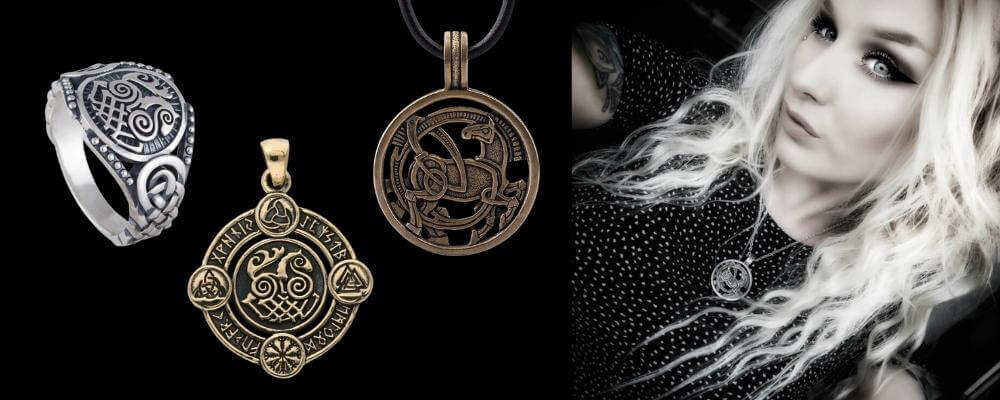
1.1 what sleipnir looks like
Sleipnir is the incarnation of a great horse, very muscular. Its coat is grey like a stormy sky, while its tail and mane reflect a darker grey. A legend tells that runes were engraved on the teeth of Sleipnir at the request of the Valkyries.
Sleipnir has 8 legs, in fact each leg is doubled. Some representations show it with a split from the hips and shoulders, as two legs both distinct and joined together.
While in other representations, it is only from the knee that the leg is divided. In our modern culture, the image of Sleipnir has been used many times in video games such as “Final Fantasy”, “Ragnarok” or various card games.
In these cases, the mythological description is very rarely respected, in favor of a more modern and diverted representation of the animal.
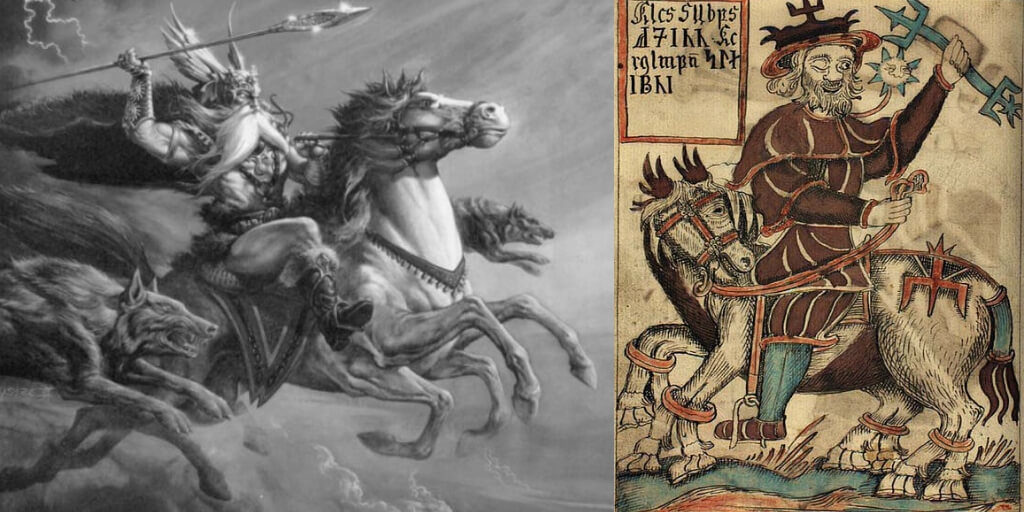
Two different styles of representations of Sleipnir’s additional legs
Sleipnir was certainly not the only horse in Asgard. According to the Prose Edda the Aesir ride across the Bifrost bridge daily on their horses.
The account also provides a list of their steed, starting with Sleipnir, the best of them. It seems that Sleipnir also had his own children, as according to a riddle described in a 13th-century text, Sleipnir is an ancestor of Grani, a horse owned by the hero Sigurd, and probably given to him by Odin himself.
The special strength and speed of Sleipnir are emphasized in many stories from Norse mythology. In the story of the death of Balder, a son of Odin, Hermodr rides Sleipnir down to Helheim in order to treat with the goddess Hel for his return. Only Sleipnir has the strength to jump over the gates that block entry into the realm of the dead.
In another story, Odin rides Sleipnir to Jotunheim, the realm of the giants, where he encounters the giant Hrungir, who complements Odin on the quality of his horse.
This leads Odin into boasting, challenging the giant to find a horse in Jotunheim that is Sleipnir’s equal. Hrungnir’s own horse Gullfaxi is enraged by this, and Hrungnir mounts his horse in order to attack Odin.
But Odin quickly rides away. Hrungnir and Gullfaxi pursue him, but on his eight-legged horse Odin is too fast, and
1.2 Cultural Representation
Historical
History has left behind several representations of 8-legged horses. Usually carved in huge stones, found in old northern villages. The best known are the “Tjangvide” stone and the “Ardre” stone, these two historical “image stones”, are believed to date from the 8th to the 10th century.
We also find sleipnir in several books :
- Volsunga Saga
- The poetic Edda
- The Edda
- Hervarararar ok Heiðreks Saga
- Gesta Danorum
Modern
If Sleipnir is mentioned several times in the aforementioned literature, bringing together the heritage of the ancient Nordic culture; it is much rarer to find it in modern works. Although it sometimes appears quickly, in some of Marvel’s comics.
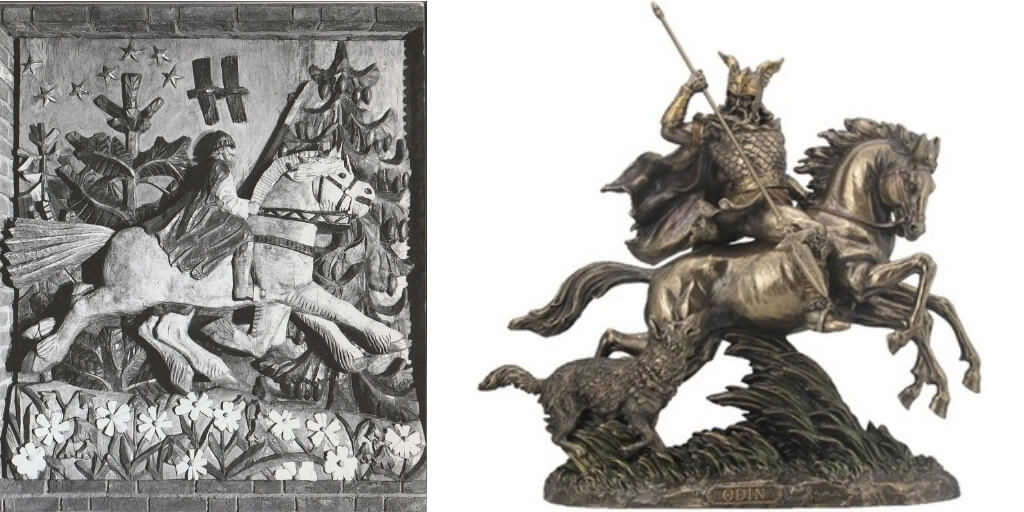
Modern representation of Odin and his horse, Sleipnir
However, countries that have been very marked by the history of the ancient Norse people, such as Norway, Sweden, Iceland, and the United Kingdom, have paid tribute to this extraordinary horse.
We find the name of Sleipnir for boats, canyons and you will be able to find statues and works of art such as, for example, the imposing creation of Steve Field in Wednesbury.
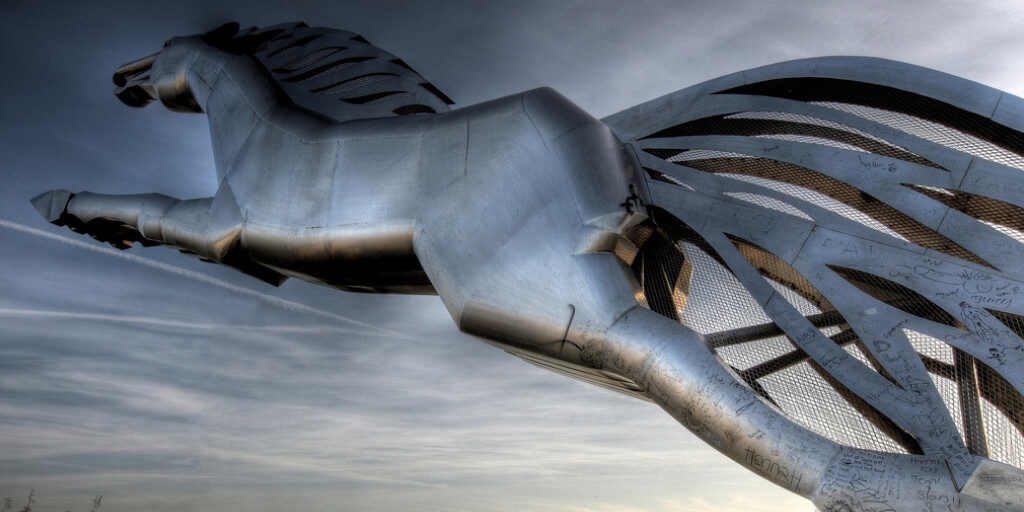
Artistic vision of Sleipnir by Steve Field in Wednesbury
2. Where does Sleipnir come from?
Sleipnir is the son of Loki and Svadilfari.
The story begins when a giant from Jotunheim arrived in Asgard to offer his services to build a protective wall around the city. His extraordinary abilities and strength would allow him to build the wall in only 3 seasons, and for that he asked for 3 things as a reward :
- Freya
- The moon
- The sun
The gods were sceptical that he could do this and initially refused the giant’s offer. Then Loki who once again had something in mind insisted and they finally accepted but only under the condition of finishing the work in 1 season instead of 3 and without the help of men.
Wanting to test the giant and especially to see him fail and thus not have to keep their commitment to reward him by offering him Freya, the sun, and the moon.
The giant accepted this condition and set to work. Contrary to what the gods had imagined, the giant progressed very quickly with the construction of the wall, and he was getting a little closer every day to reaching the goal of completing the wall in 1 season.
A large and powerful horse accompanied him in his tasks, his name was Svadilfari. It was actually this horse that did most of the work, and the gods noticed it.
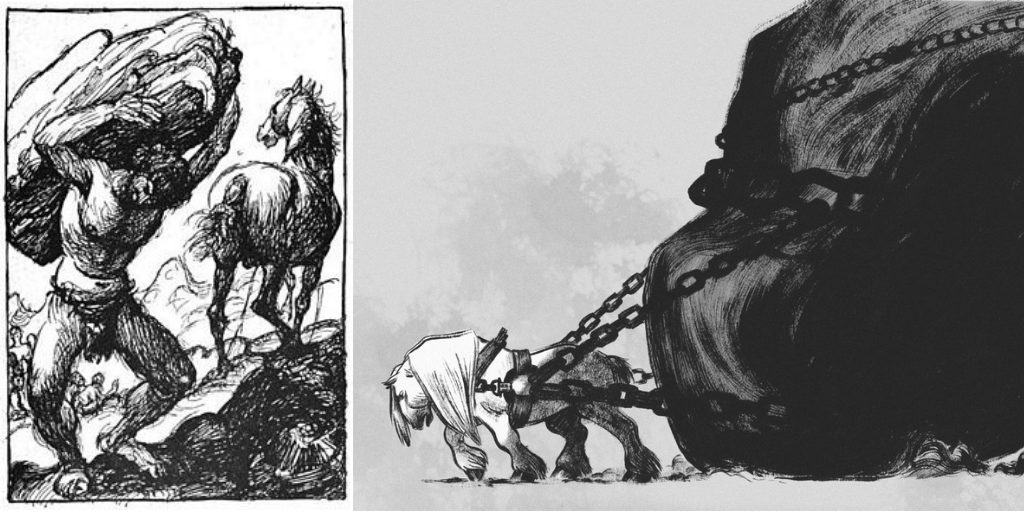
Svadilfari and the Giant working to build the wall of Asgard
Fearing that Freya, the sun and moon, would be lost, they decided that action was needed, and Loki had put them in this situation and was held responsible for finding a solution.
And he found one.
One evening, Loki turned into a superb mare in order to divert the stallion Svadilfari from his task and thus prevent the giant from accomplishing his mission on time. The duped giant had gone mad with rage and was finally killed by the gods.
The repeated relationships of Loki (as a mare) and Svadilfari gave birth to an eight-legged horse called Sleipnir.
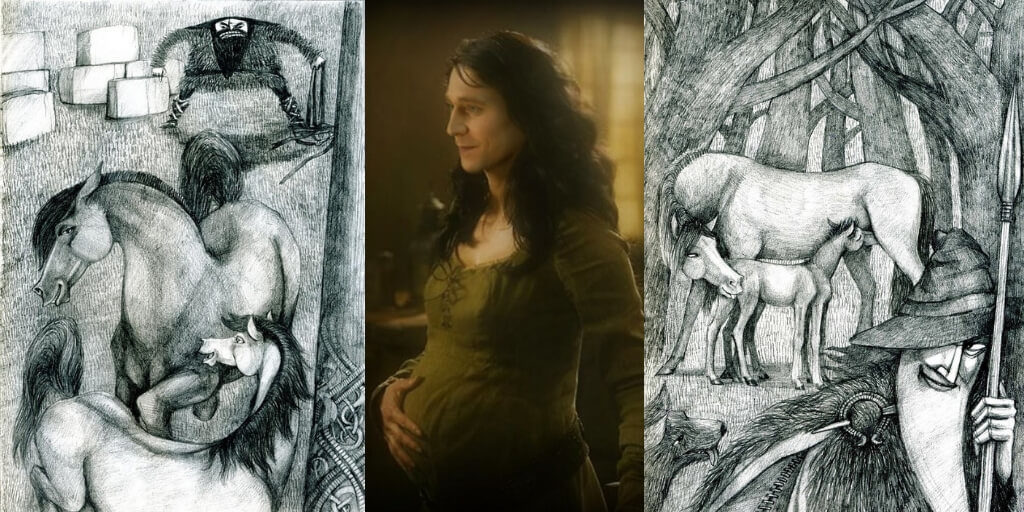
“It is amusing to note here that Loki (transformed into a mare) is in fact Sleipnir’s mother”
3. How Sleipnir became Odin’s horse?
After several months, Sleipnir had become a very large and powerful horse, perhaps even the most powerful, enduring and fast of the nine worlds. He was able to gallop on land, air and sea and no other horse in northern mythology could match Sleipnir.

“Gullfaxi, the horse that Thor picked up from the giant Hrungnir as a tribe of conquest before offering it to his son Magni, was also an extremely fast and enduring horse but he did not dethrone Sleipnir”
One day Loki came to Asgard to offer Sleipnir to Odin, the chief god of Aesir. This extraordinary horse will allow him to move through the 9 kingdoms with incomparable speed. The eight-legged horse was at least as fearless as his master and accompanied Odin the allffather in all his battles.
While Loki’s other children were bound and banished to prevent them from wreaking havoc across the nine worlds of the Norse cosmos, Sleipnir, in contrast, became not only the steed of Odin, the king of the Aesir gods but also one of his most recognizable and trusted companions.
Sleipnir was probably born before Loki’s other children, though this is not explicitly stated anywhere. Sleipnir dates from the early days of Asgard, while Fenrir is described as being chained up in Asgard, presumably many years after the fortifications were established. Otherwise, it would seem strange for Loki to give his child to Odin as a gift, considering the Aesir gods’ treatment of his other children.
Sleipnir (pronounced sleyp-nir) was grey in color, and thanks to his eight legs had the ability to traverse the nine worlds of the Norse cosmos, all of which sit in Yggdrasil, the tree of life. Sleipnir’s name, which means ‘sliding one’ in Old Norse probably refers to his ability to slide between worlds.
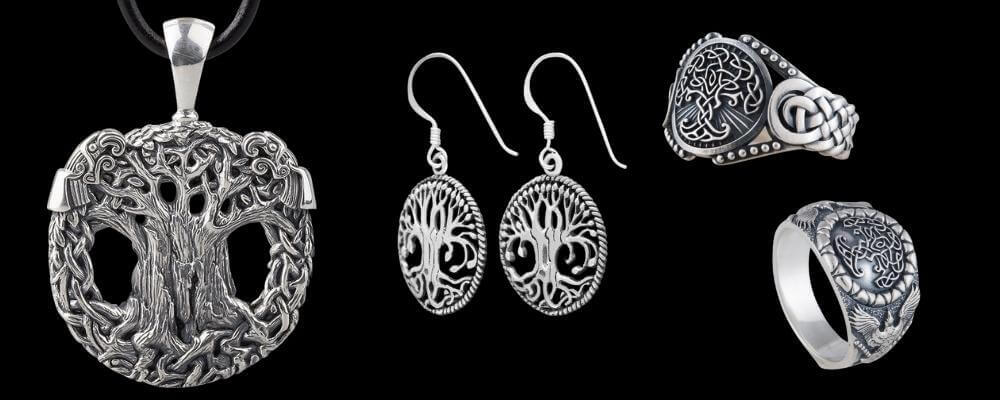
In one story Odin is described as riding Sleipnir to the land of the giants, while in another story, Odin lets his son Hermodr ride Sleipnir down to Helheim, the realm of the dead. Sleipnir is also thought to have left his imprint on the world of men, with Icelandic folklores attributing the creation of the Asbyrgi, a horseshoe-shaped glacial canyon in the north of Iceland, to Sleipnir.
Sleipnir has also been associated with shamanic powers by some modern scholars, perhaps unsurprisingly since Odin himself was also a sorcerer. He had power over the runes, and was a master of Seidr, a Norse form of sorcery that involved bending fate.
Scholars point out that eight-legged horses are associated with shamanic travels in many cultures across the globe. Perhaps more solid evidence comes from a passage in the Prose Edda in which one of the Valkyries tells the hero Sigurd that the runes should be cut on the teeth of Sleipnir, associating the eight-legged horse with rune magic.
Sleipnir for the Vikings
Sleipnir probably features among some of the earliest Viking stories, as two stone depictions of the eight-legged horse, mounted by Odin, survive from the eighth century on the island of Gotland in Sweden.
We also hear of ships named Sleipnir, that carried their passengers across the seas much like Sleipnir carried Odin between worlds. It still remains a popular name for ships in northern Europe today.
For modern Vikings, Sleipnir often represents the ability to move through life with confidence and the way that each of us straddles different worlds through the different roles we play in life.
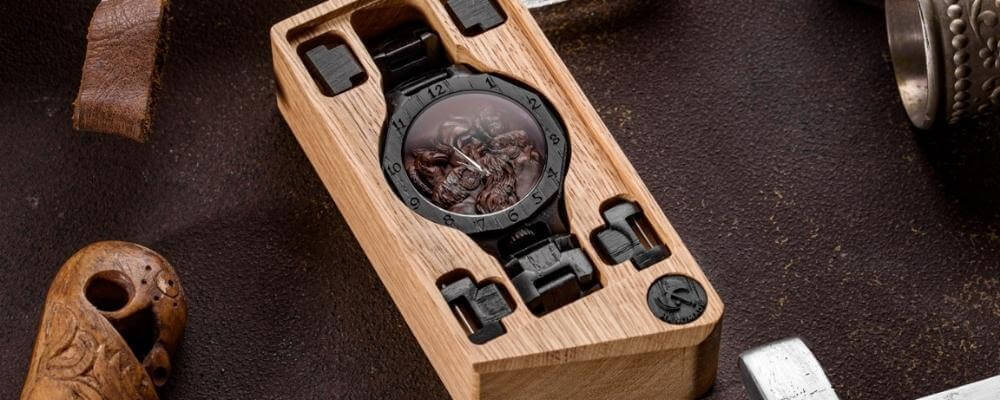
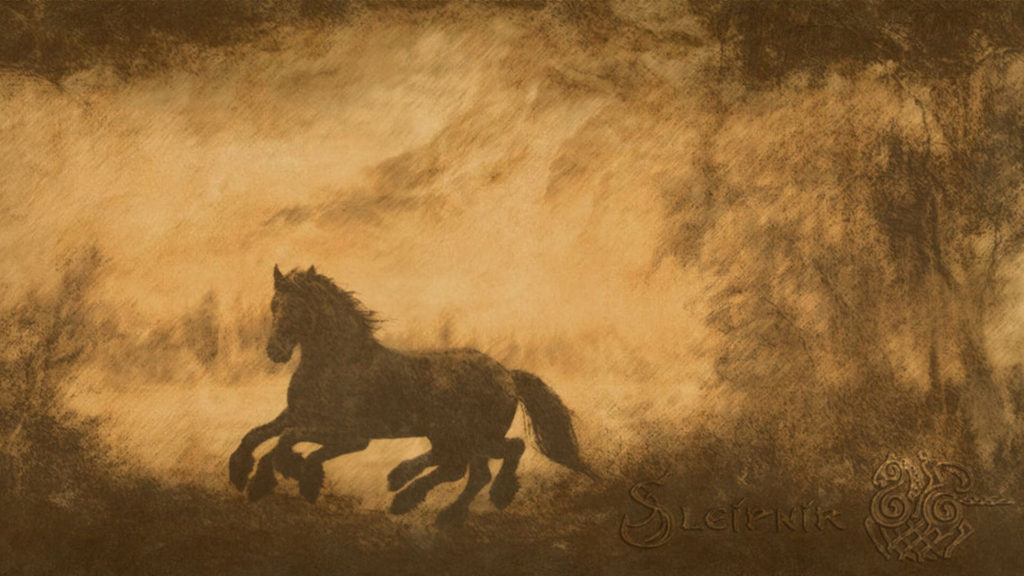



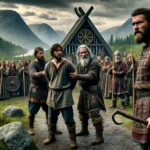
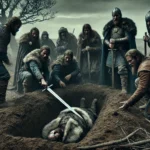

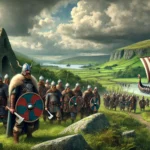
Can I just say what a relief to find somebody who truly knows what they’re discussing on the internet.
You certainly know how to bring an issue to light
and make it important. A lot more people have to check this out and understand this side of your story.
I can’t believe you’re not more popular given that
you definitely have the gift.
This is a great tip especially to those new to the blogosphere.
Simple but very precise info… Thank you for sharing this one.
A must read post!
Hi would you mind stating which blog platform you’re working with?
I’m looking to start my own blog in the near future but I’m having
a hard time deciding between BlogEngine/Wordpress/B2evolution and Drupal.
The reason I ask is because your design and style seems different then most blogs and I’m looking for something completely unique.
P.S My apologies for being off-topic but I had to ask!
No problem at all. We are on wordpress, but with some professional design help.
Hey there! I’ve been following your website for some time
now and finally got the bravery to go ahead and give you a shout
out from Atascocita Texas! Just wanted to mention keep up the great job!